Refund Guaranteed
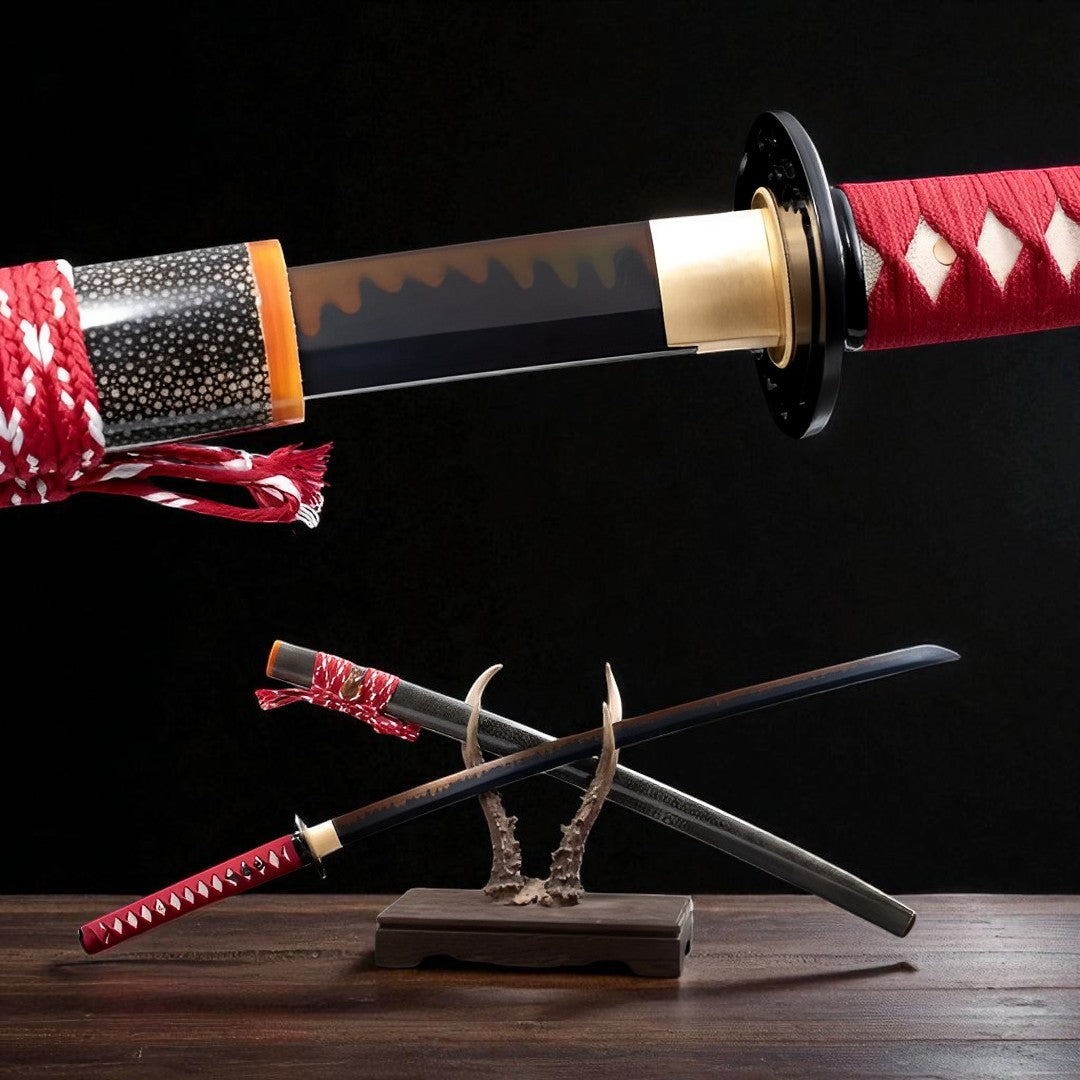
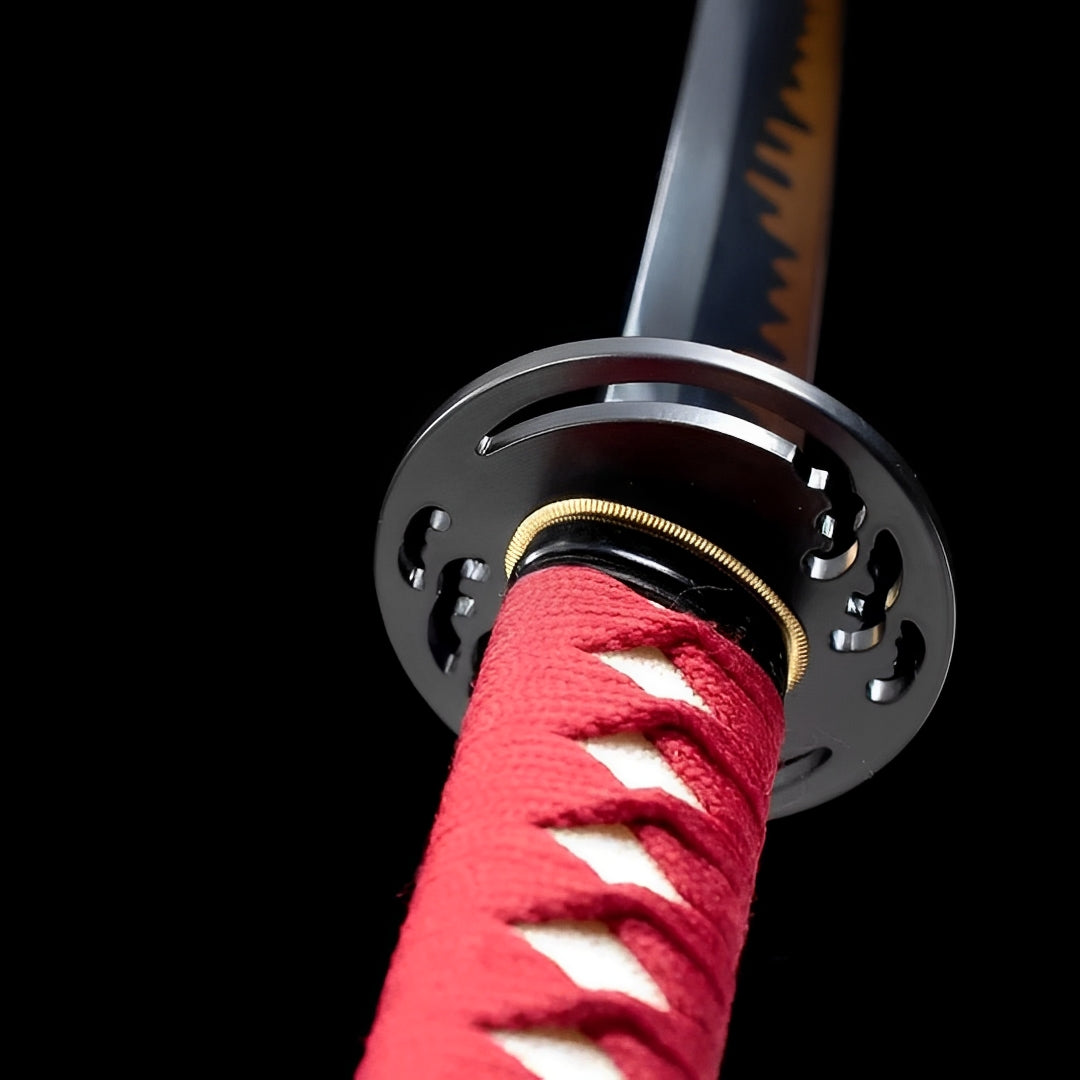
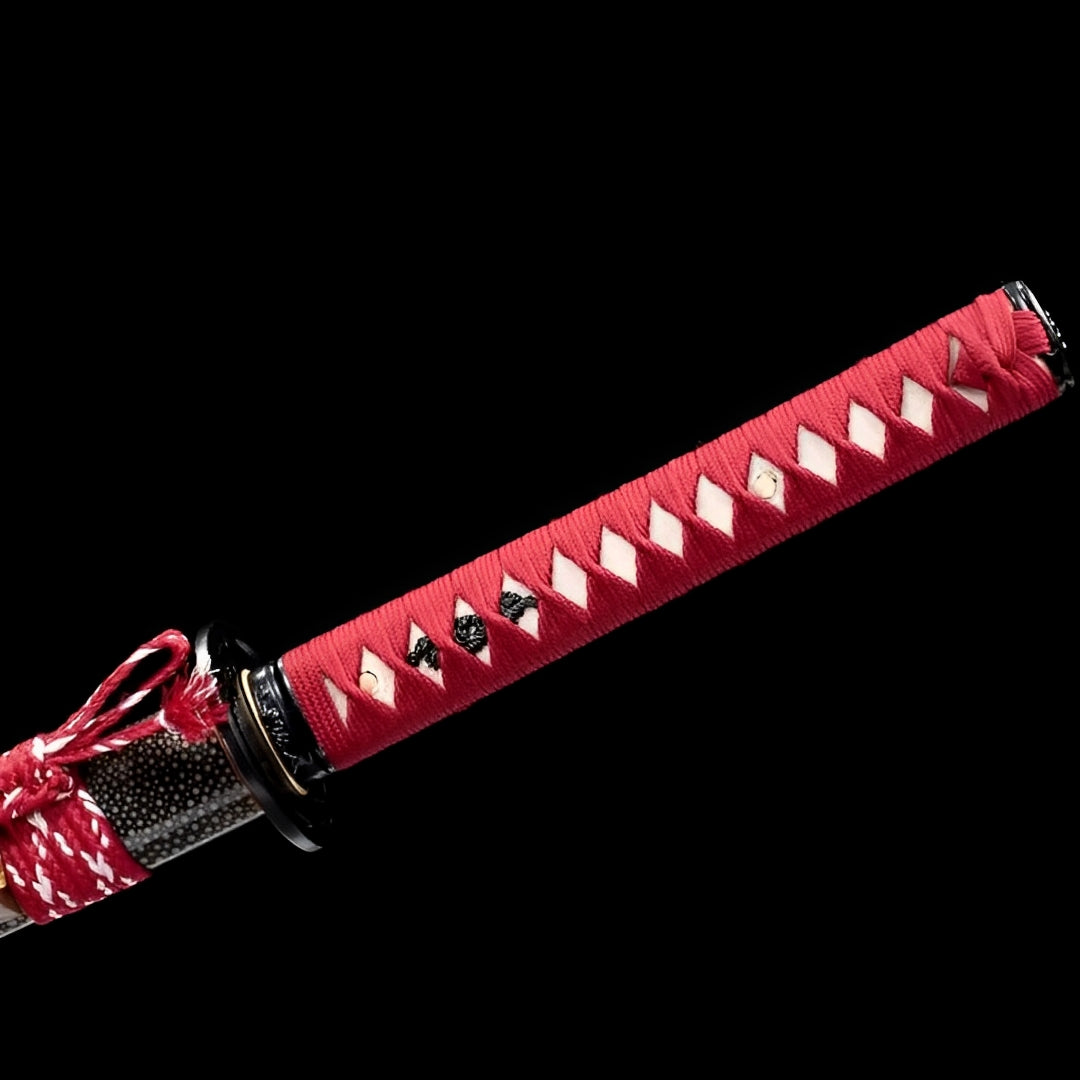
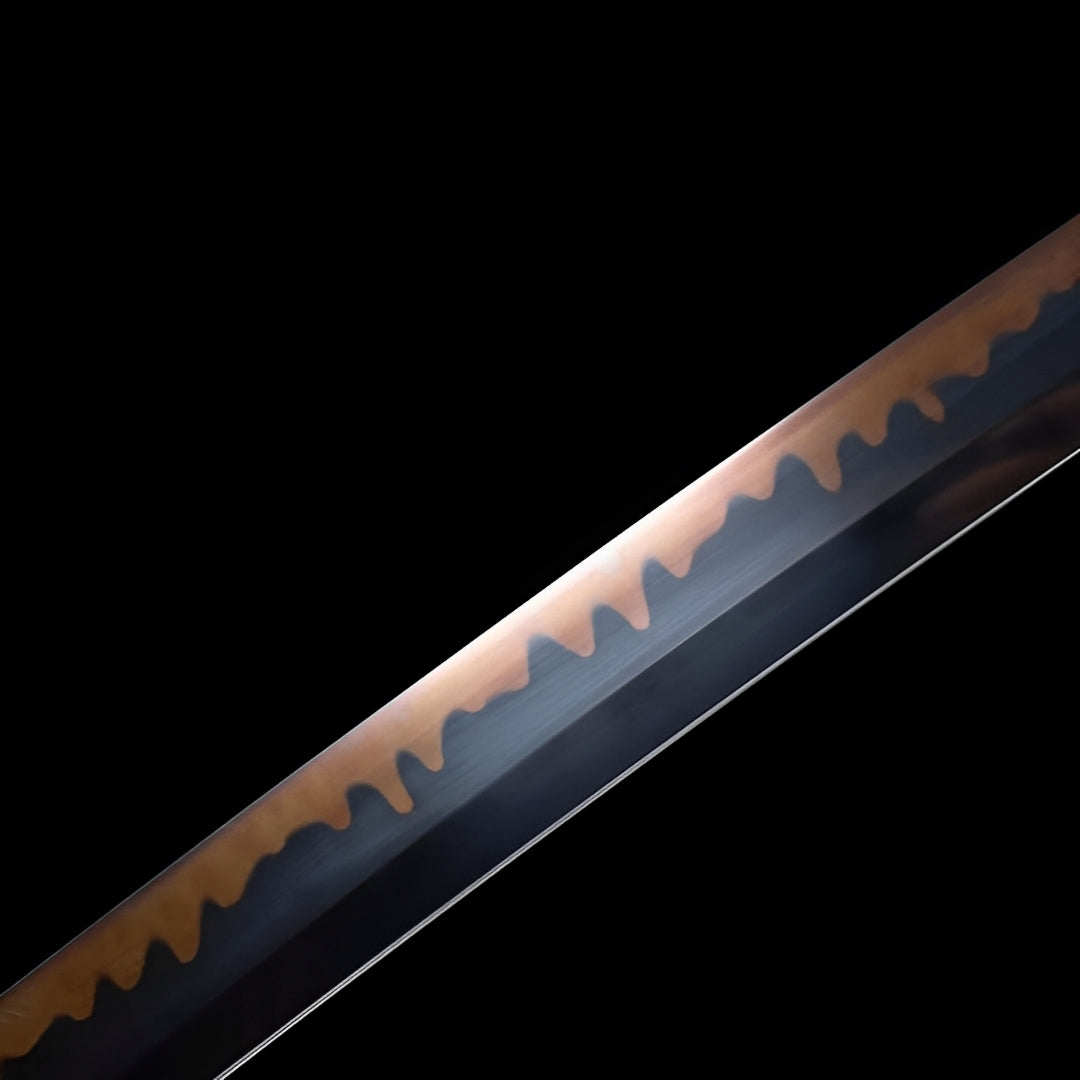
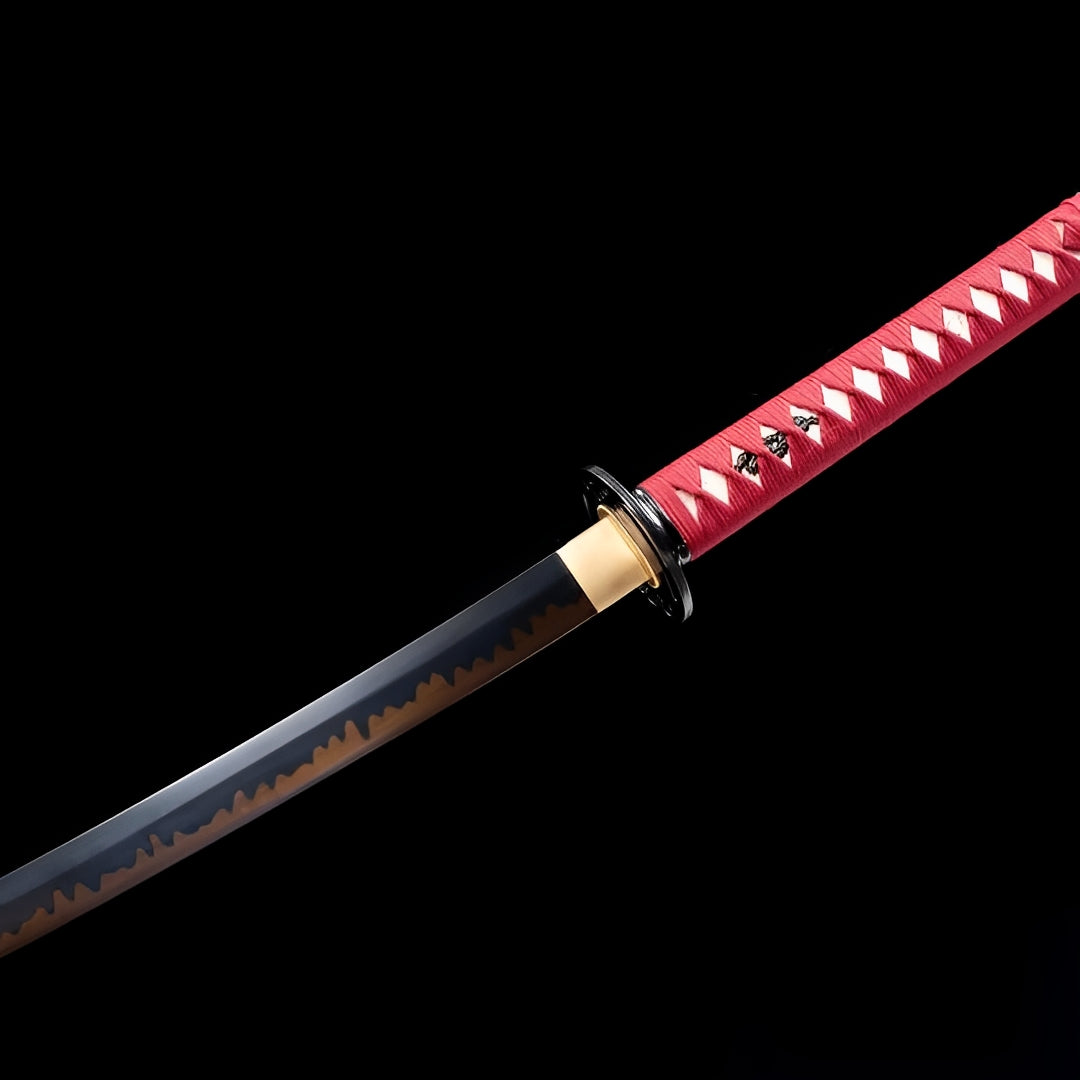
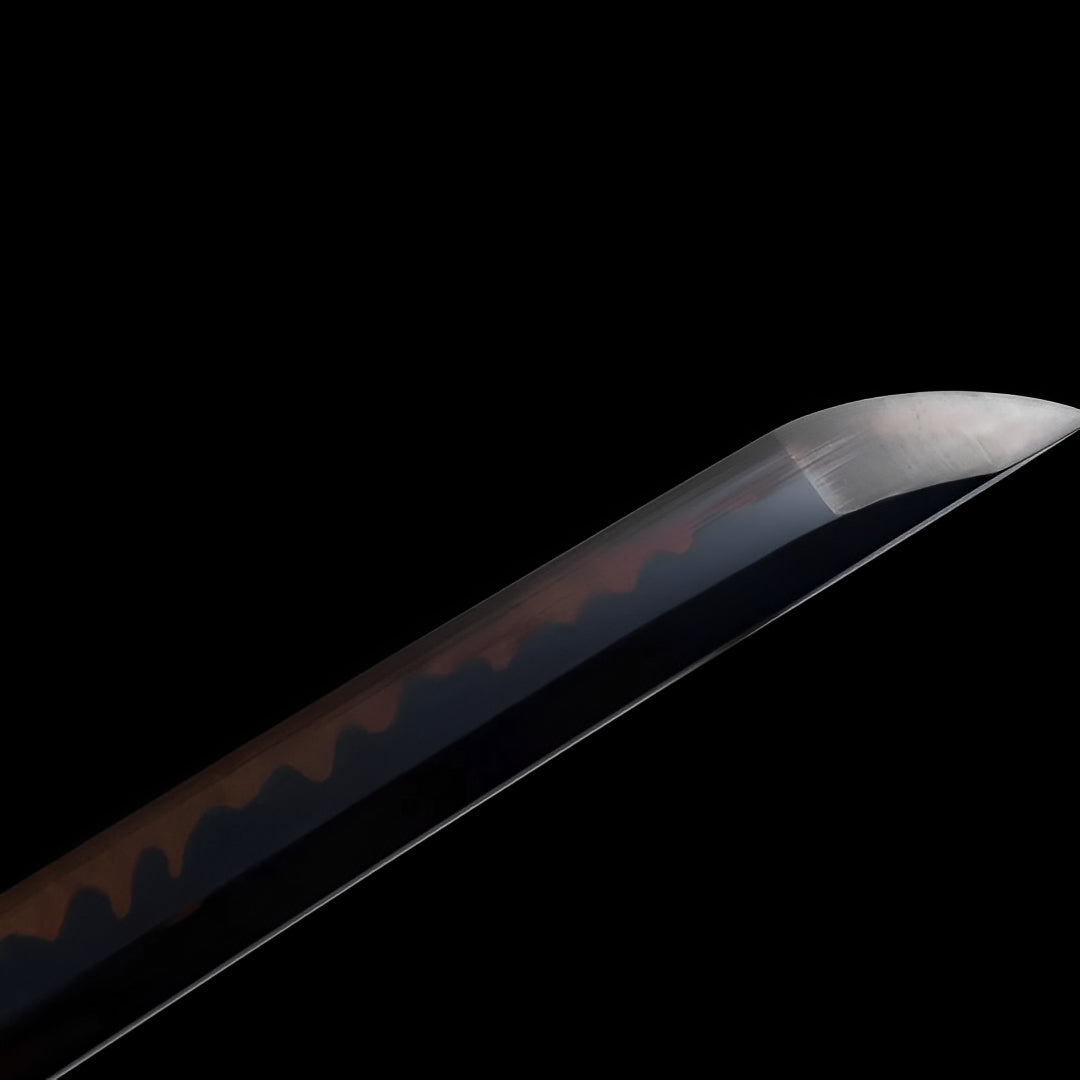
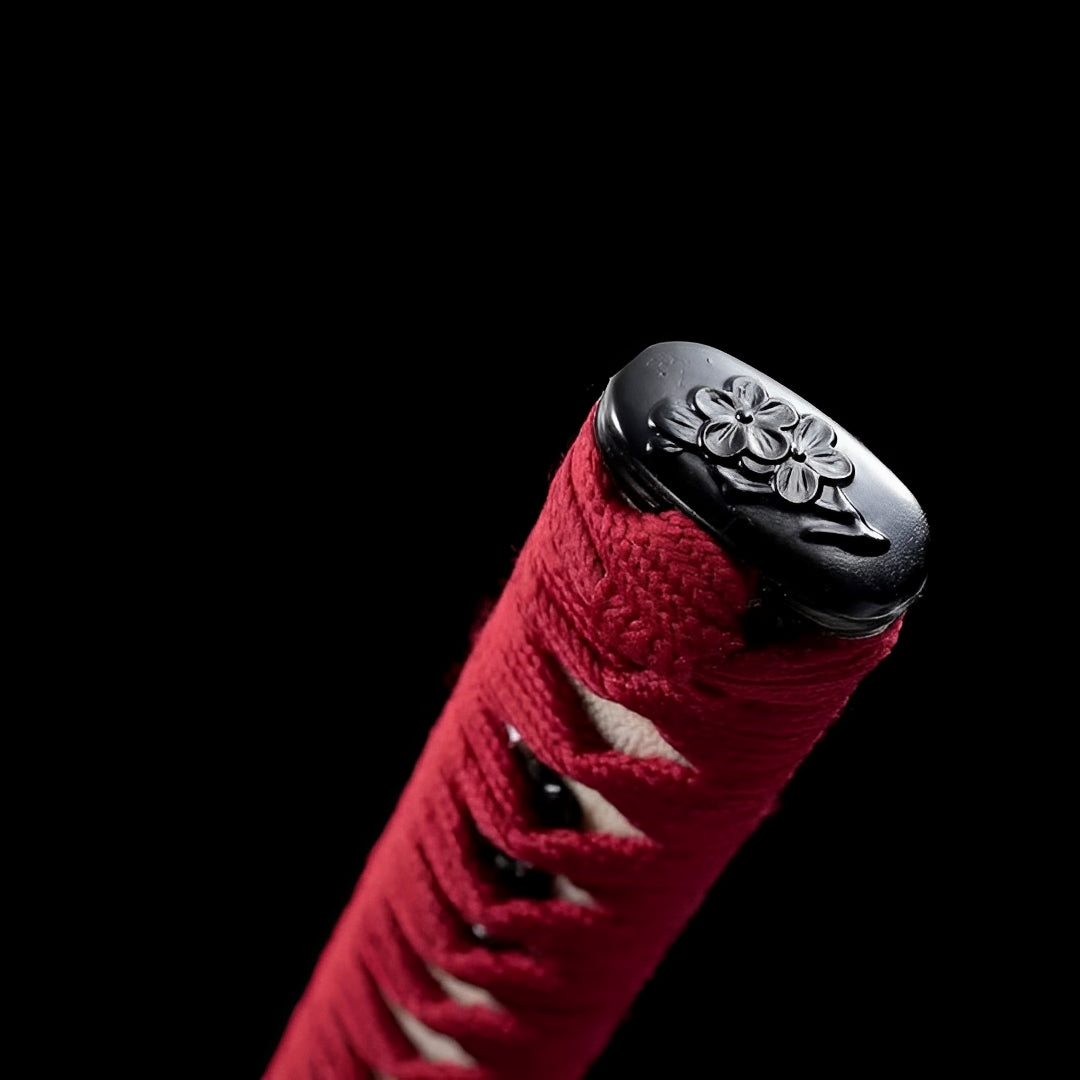
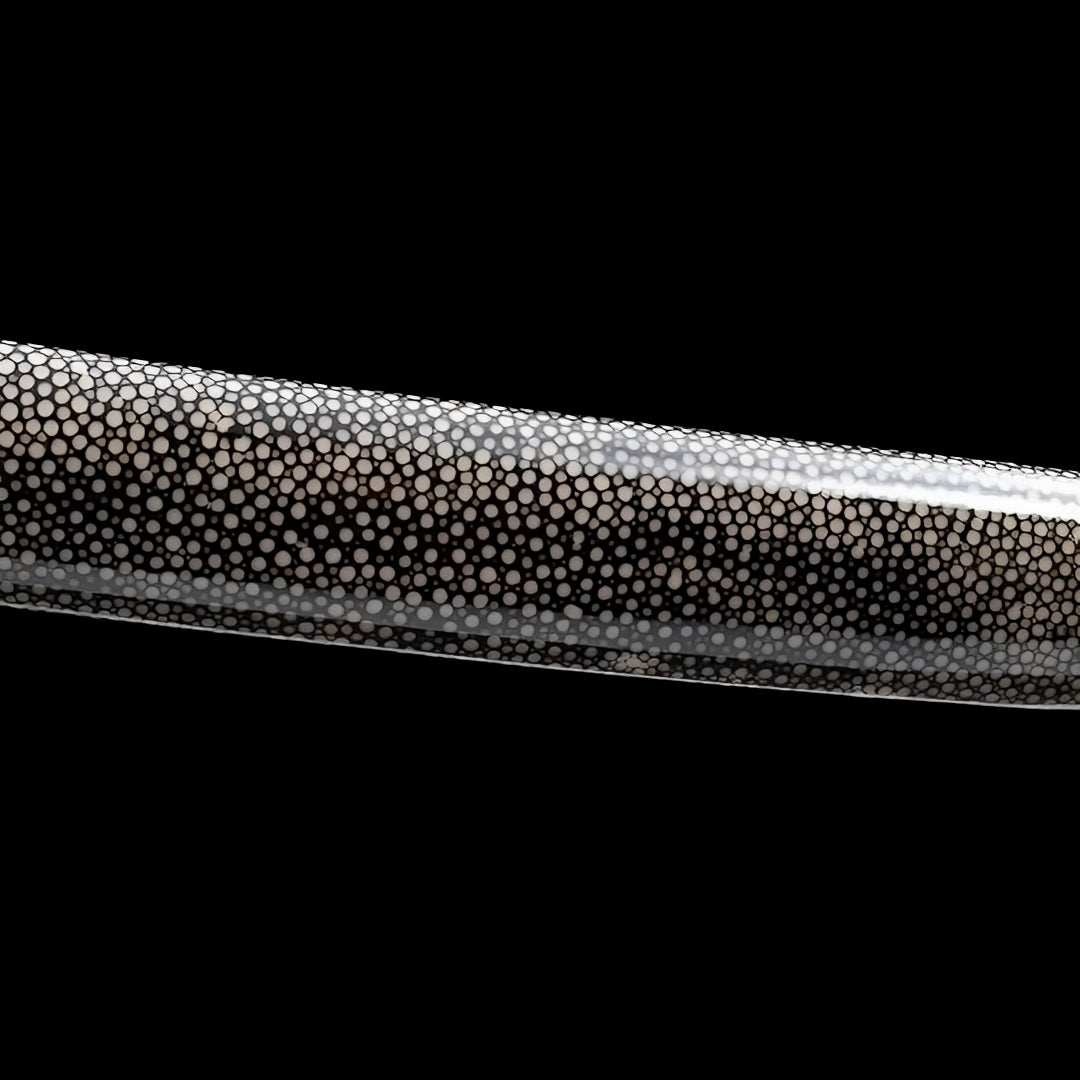
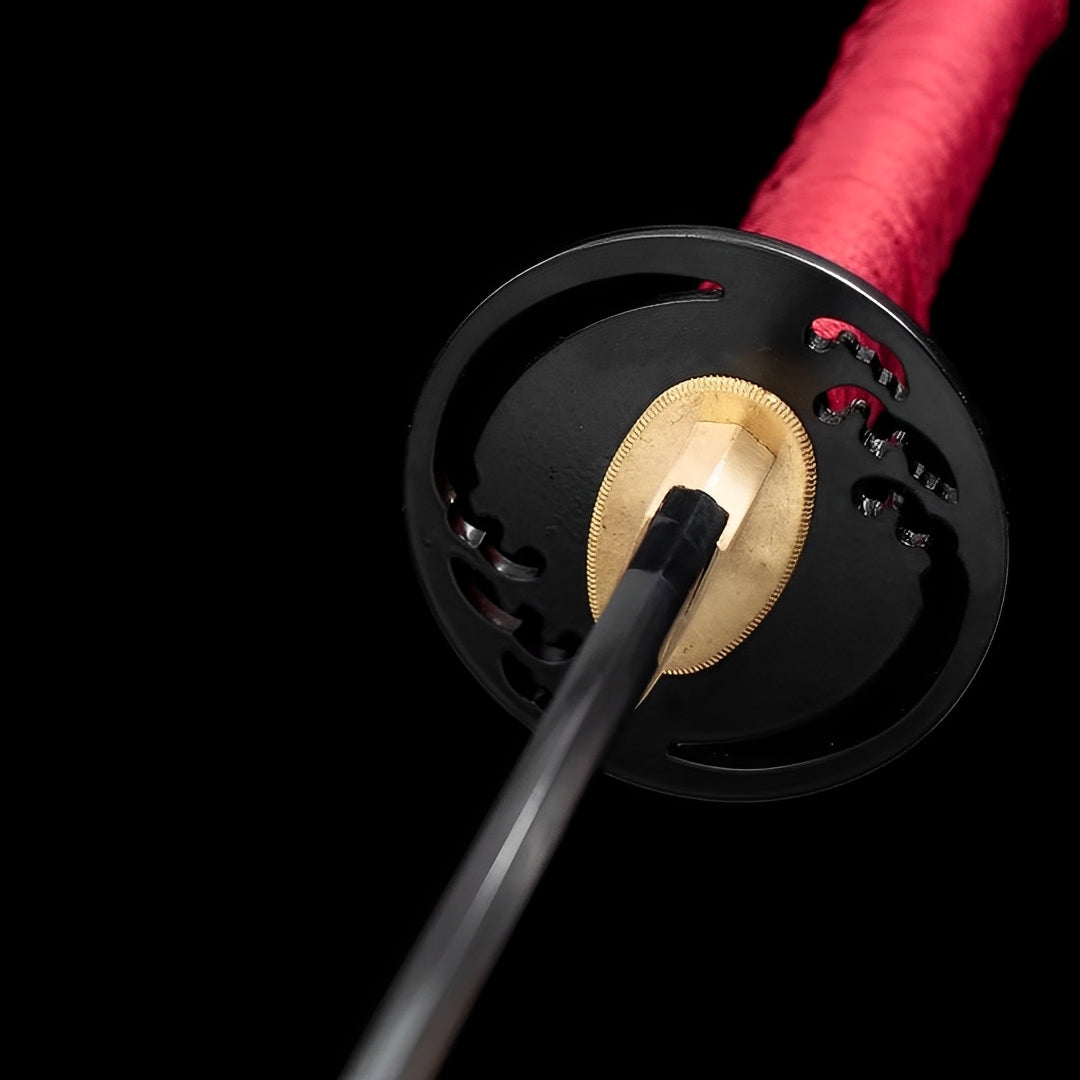
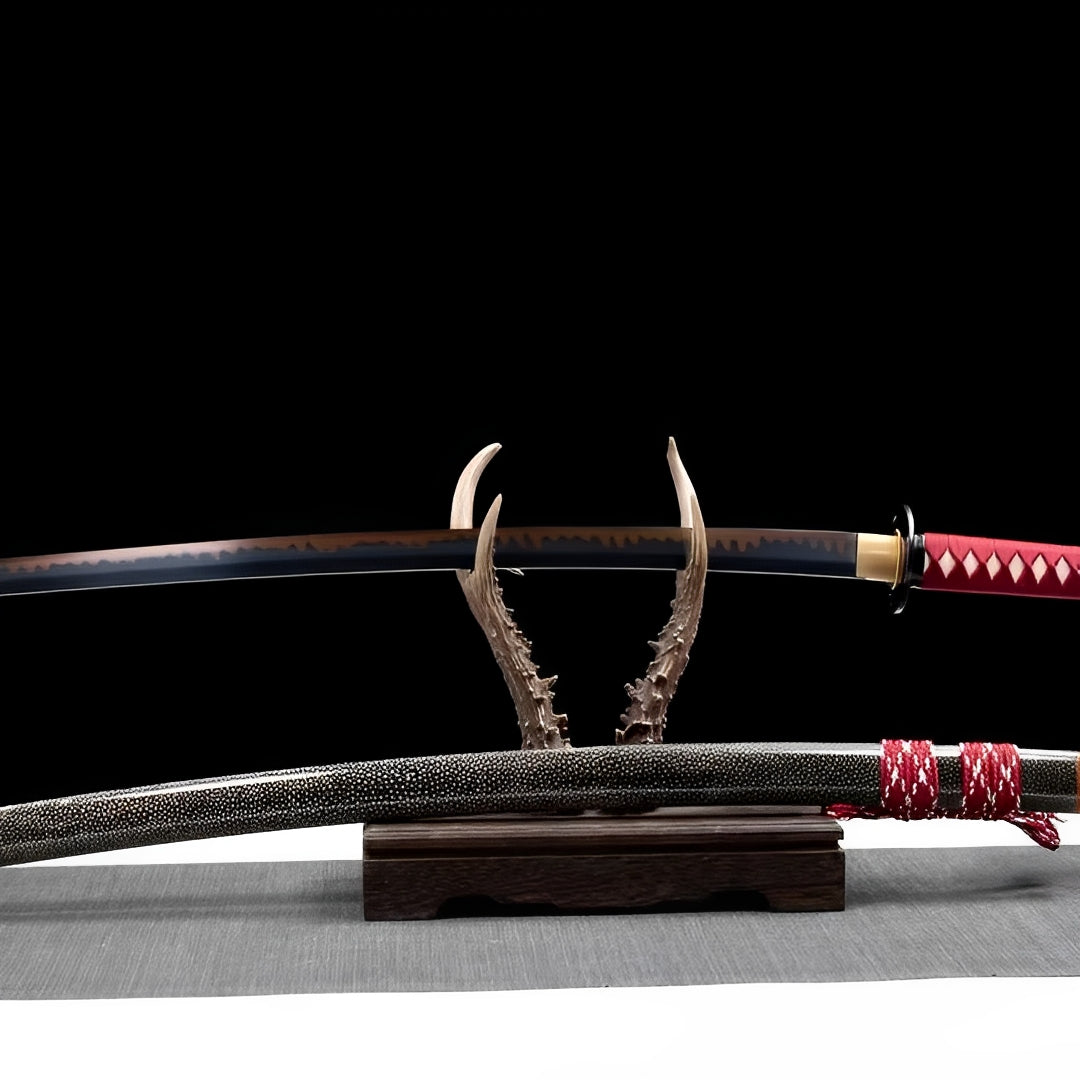
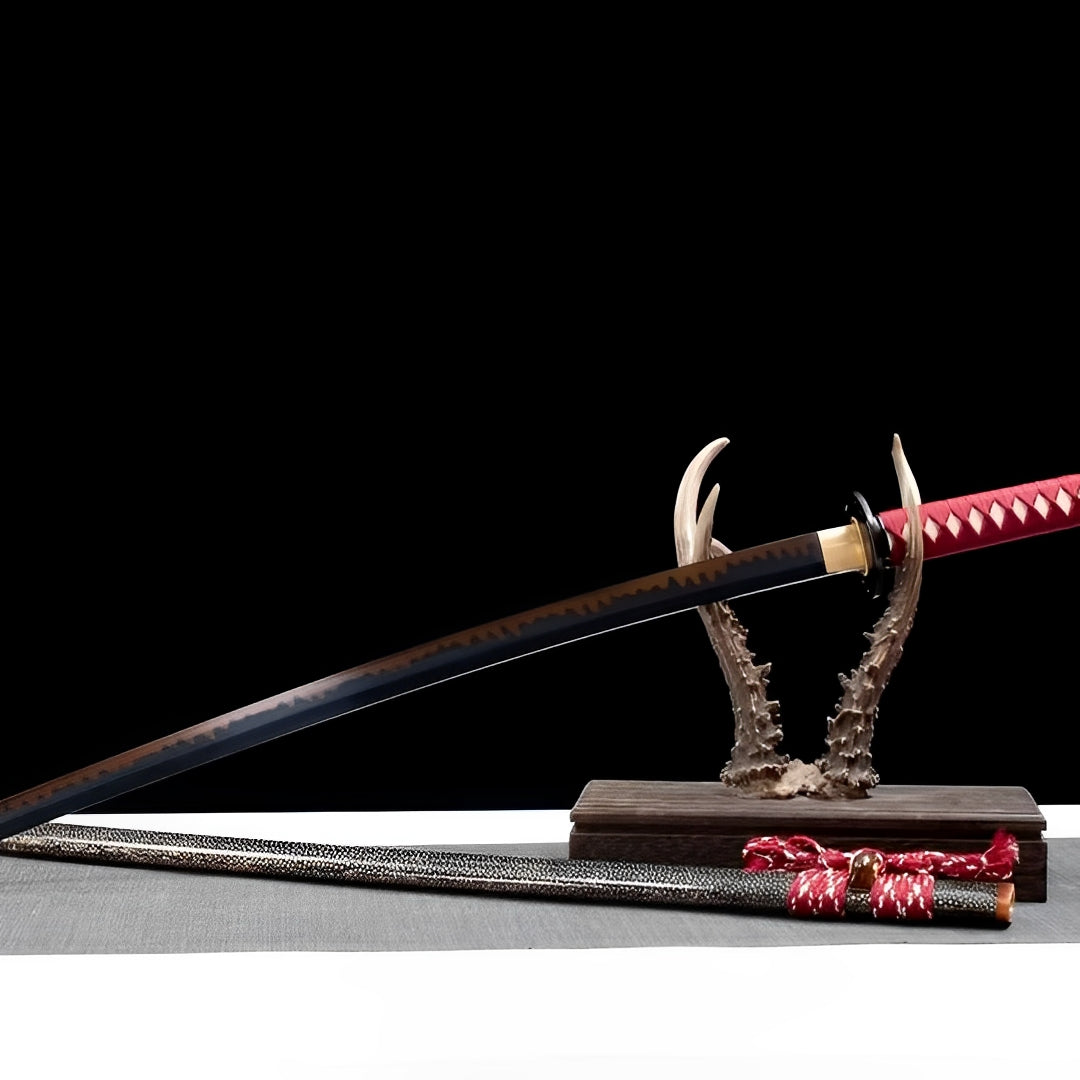
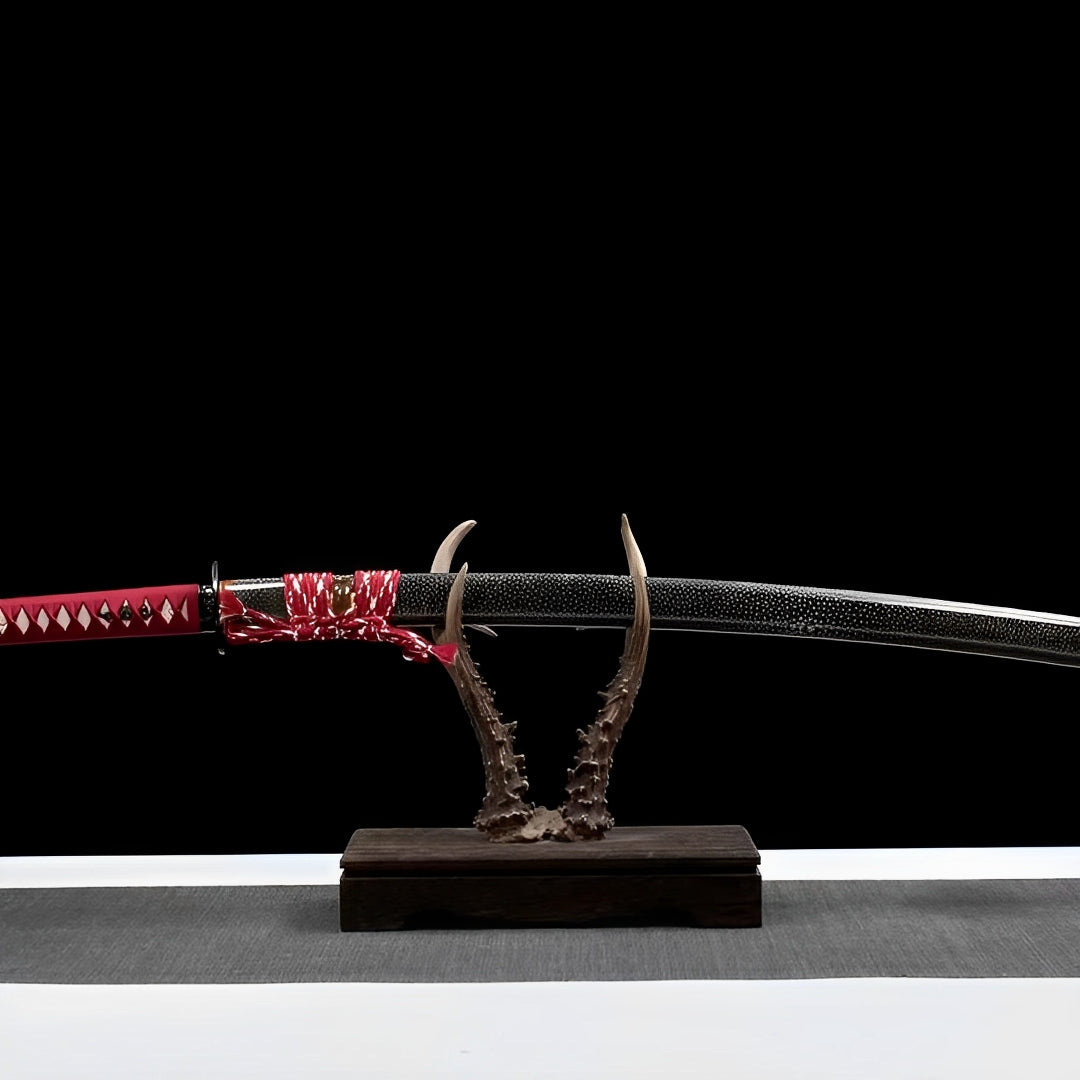
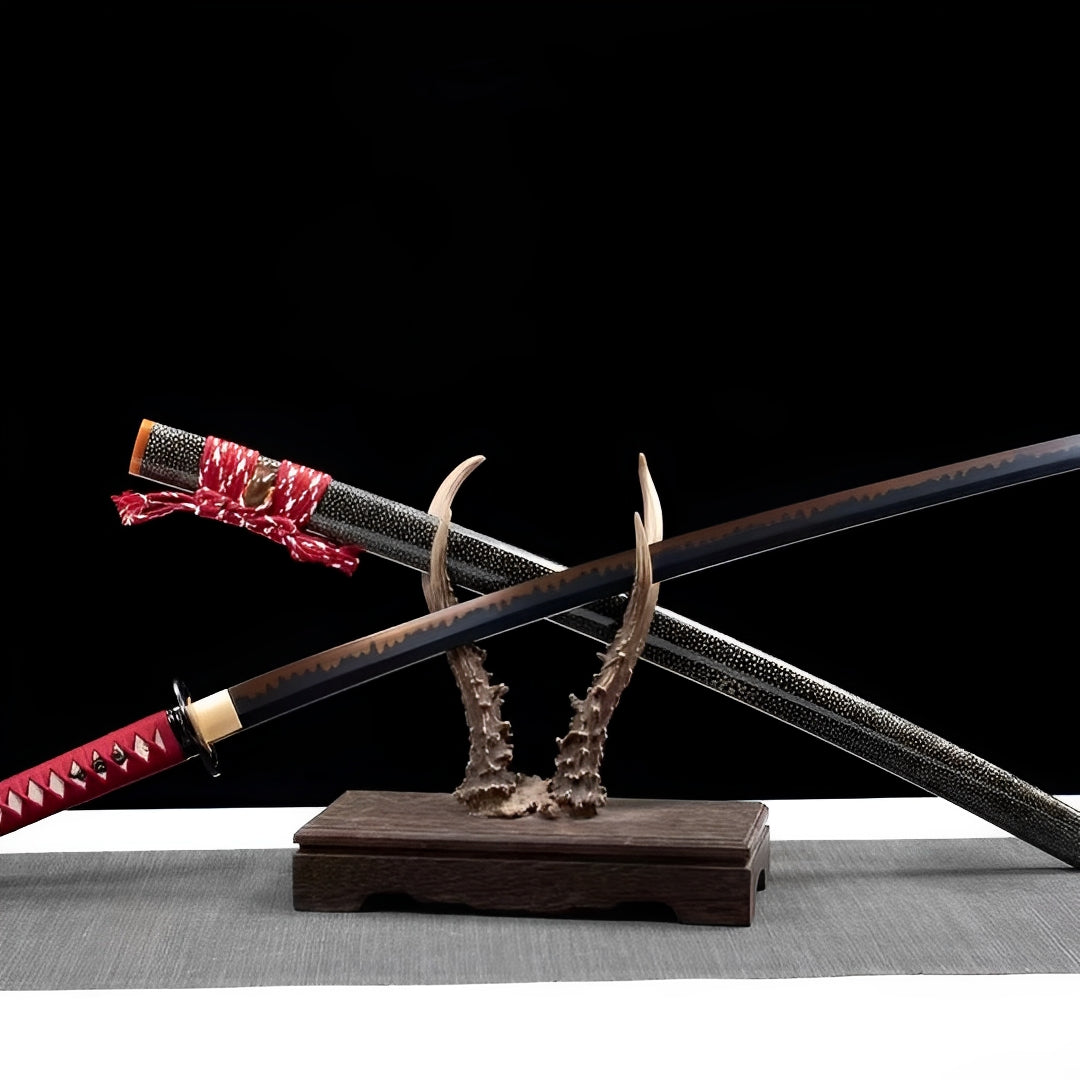
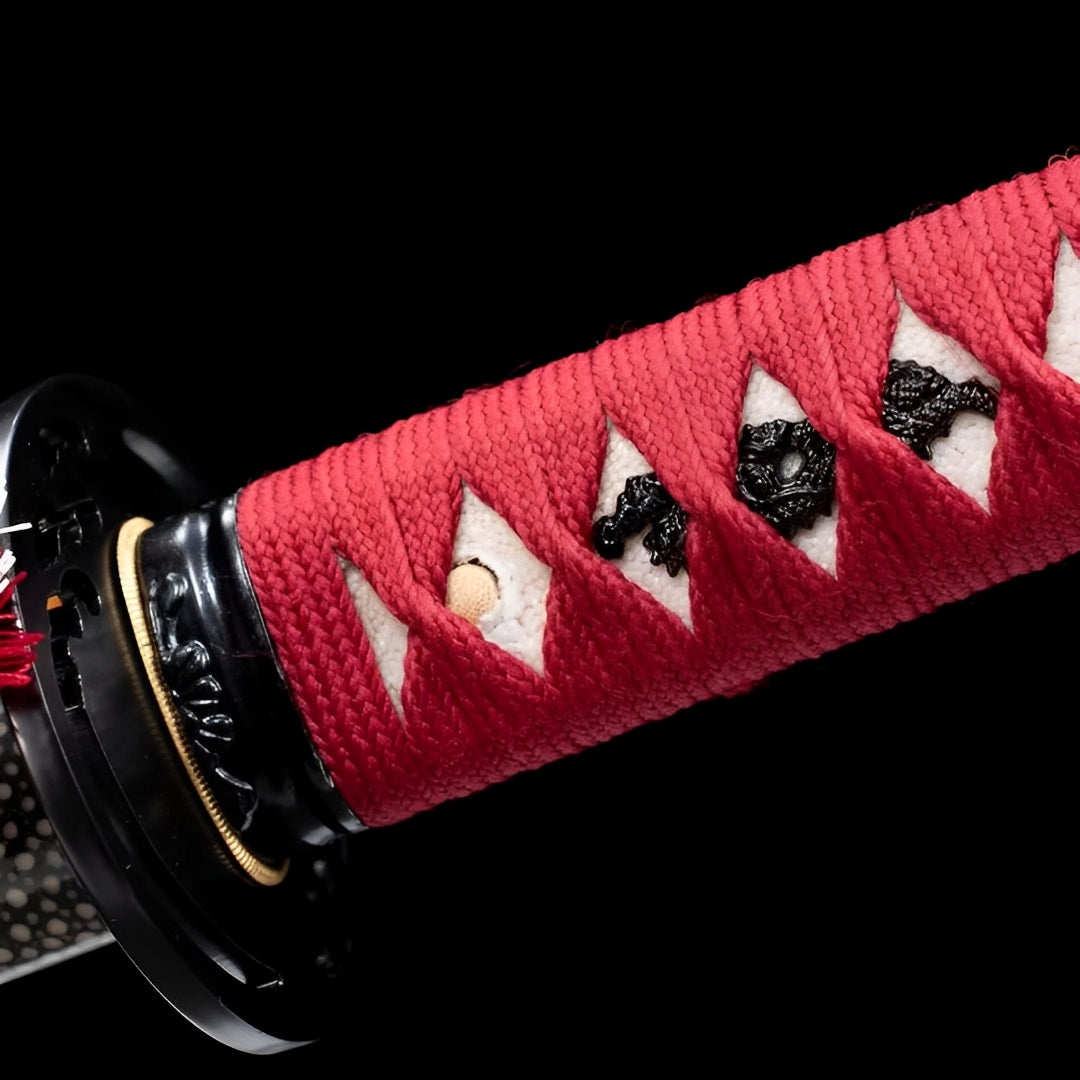
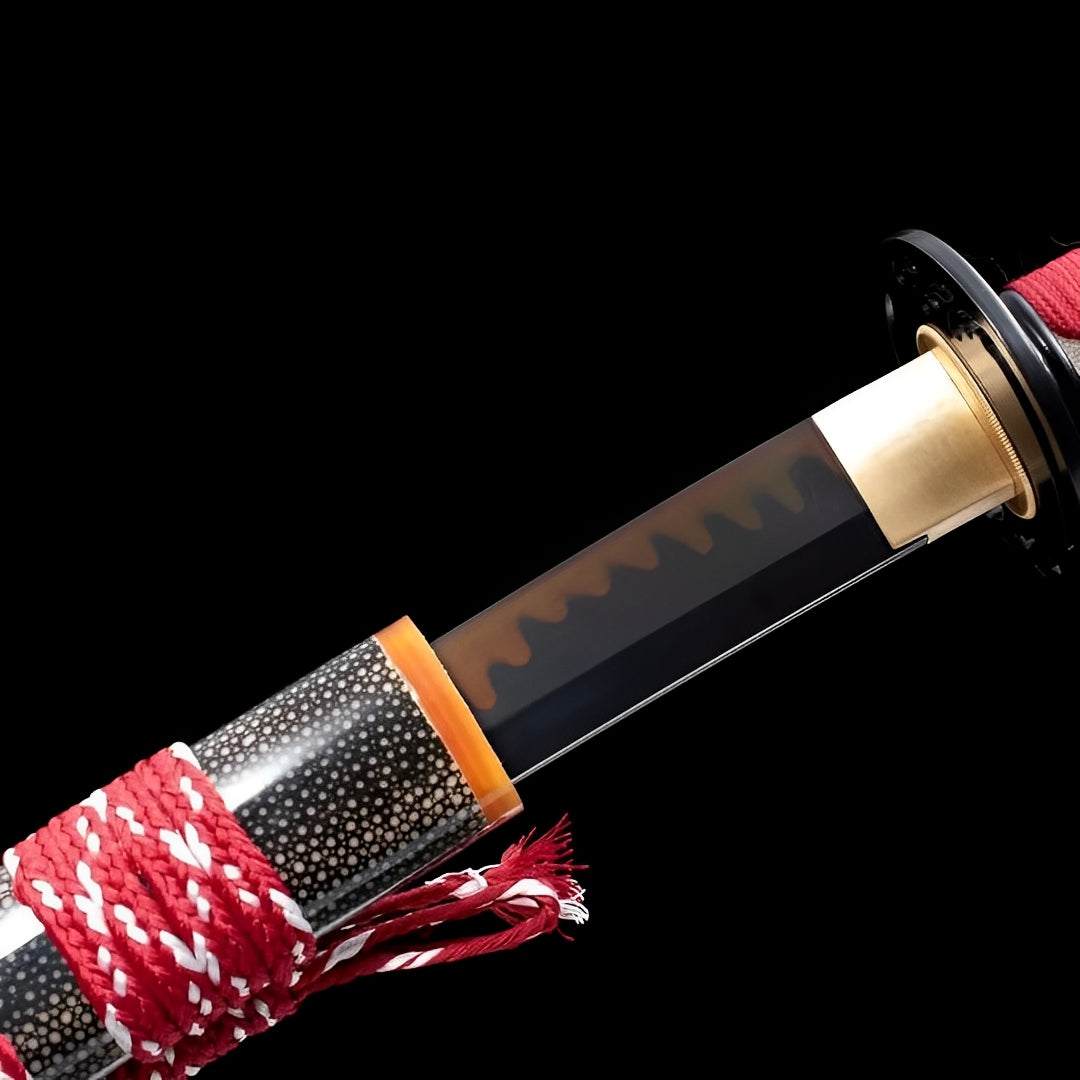
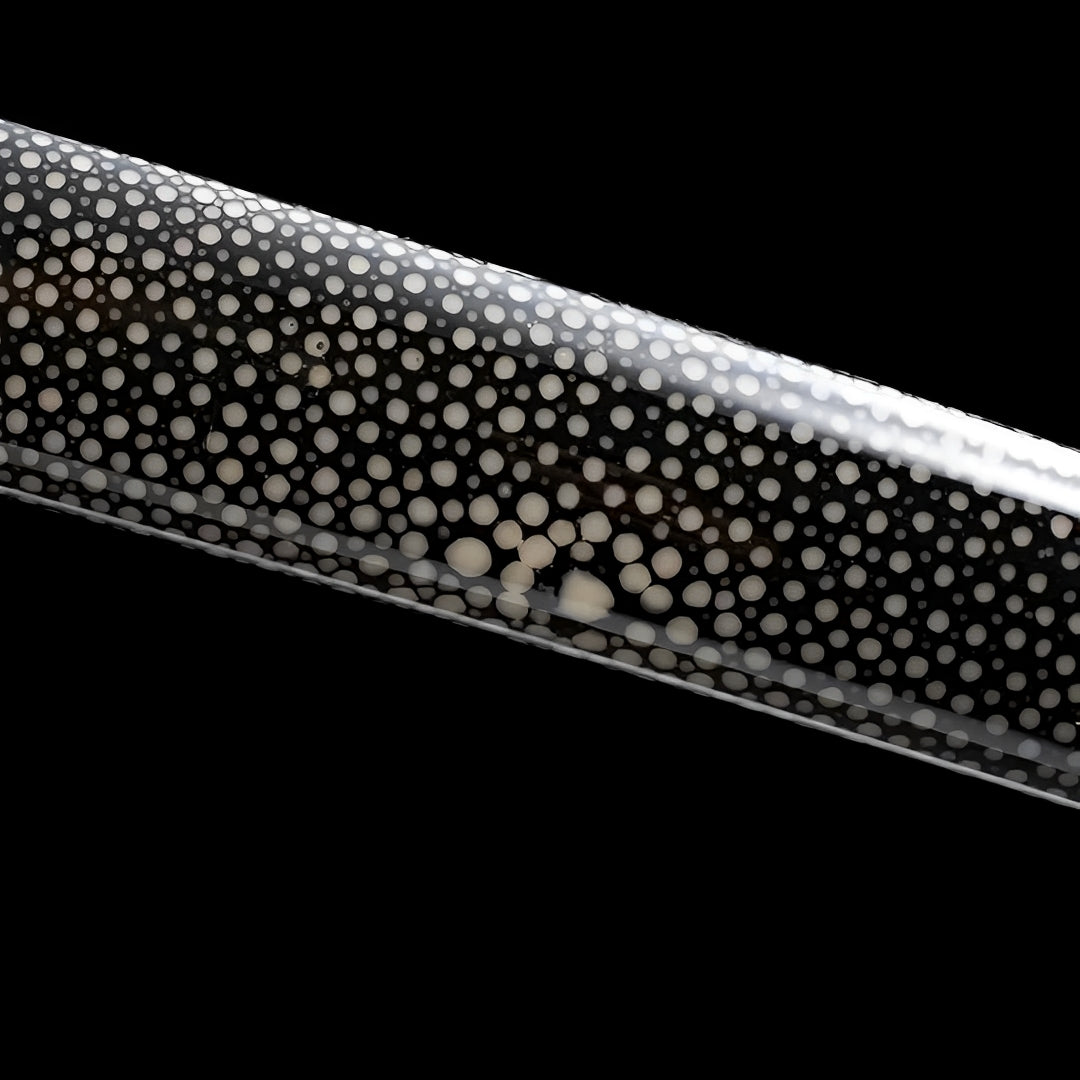
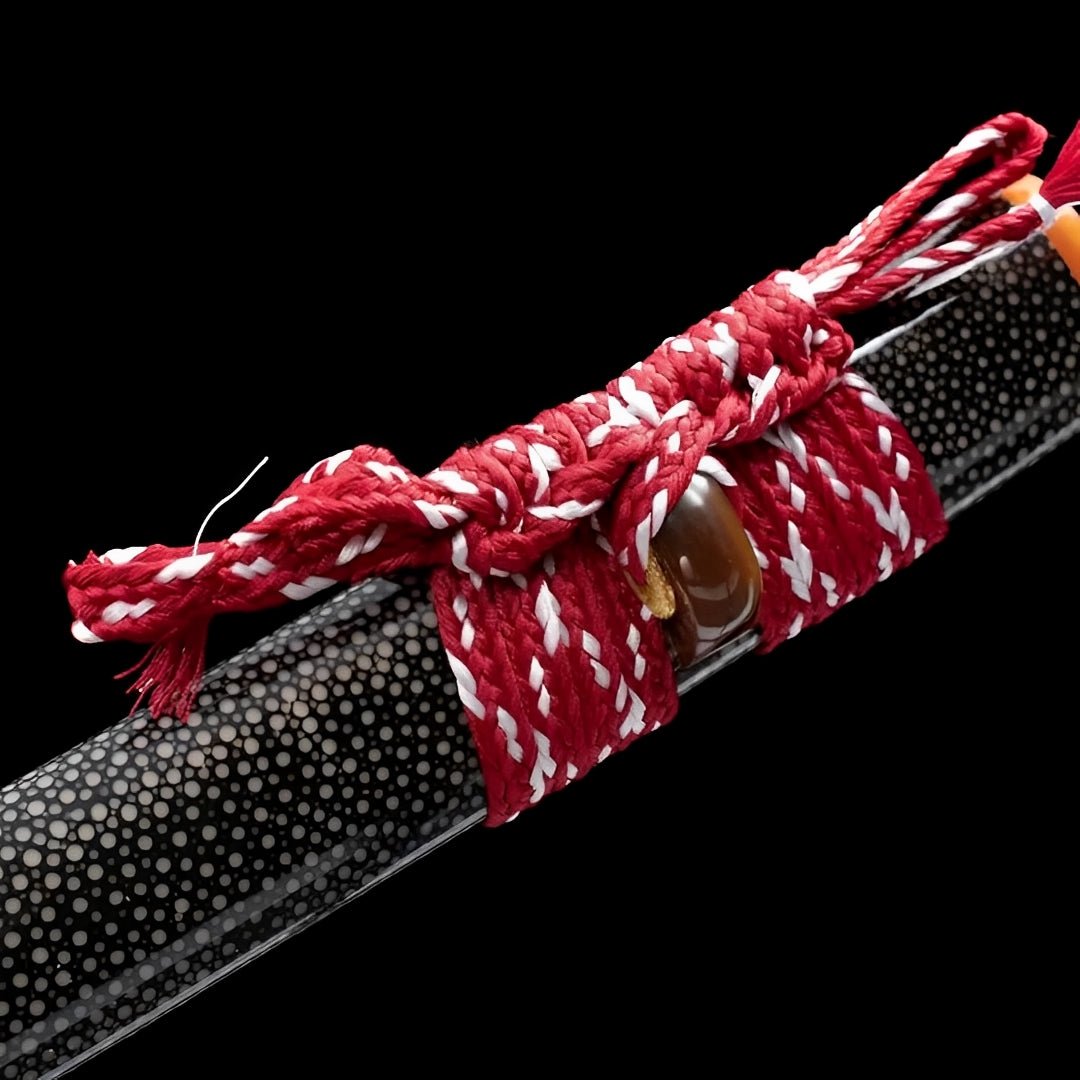
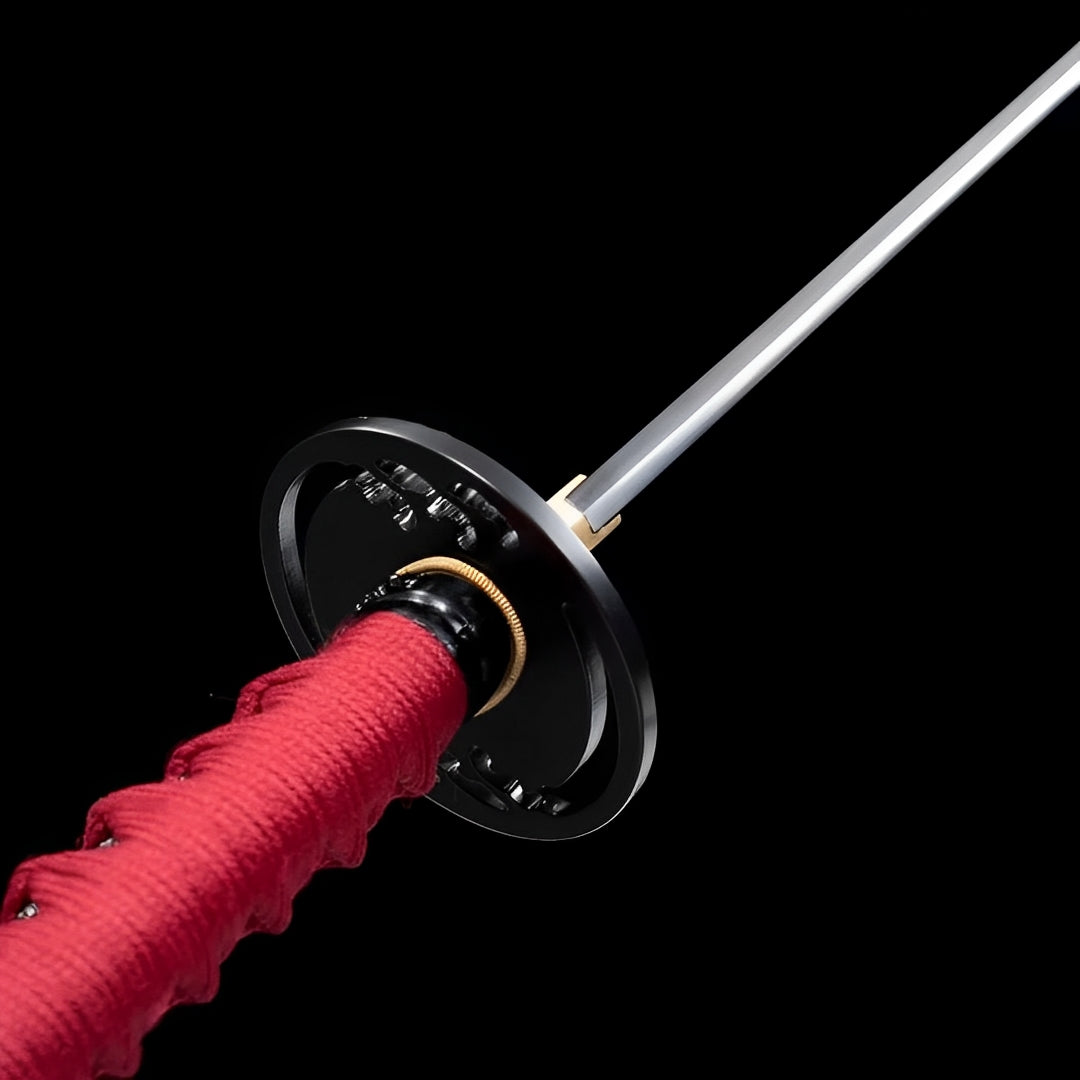
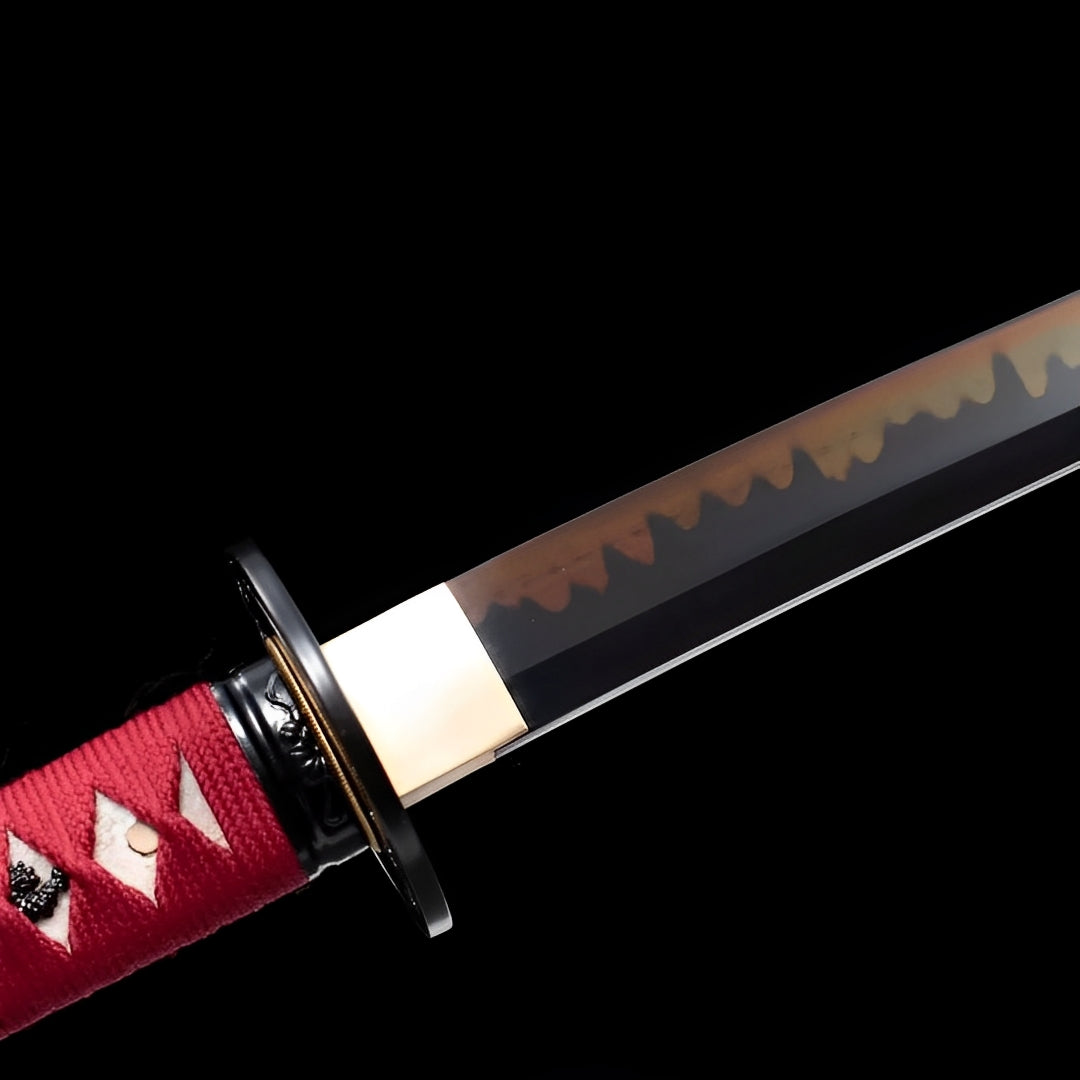
Why choose us
Ships within 48/72h
Forged Blade
Collector Quality
Trusted Globally
Inspired by Japan
Akagane Katana (T10 Steel, Genuine Hamon & Ray Skin) - 赤金
Popular upgrades
Free Shipping over $250
No Bots, No AI
Refund Guaranteed
Free Shipping over $250
No Bots, No AI
Our team is here to help with any questions or concerns.
We’re always happy to assist you — don’t hesitate to reach out.
Why choose us
Ships within 48/72h
Forged Blade
Collector Quality
Trusted Globally
Inspired by Japan

Akagane Katana (T10 Steel, Genuine Hamon & Ray Skin) - 赤金
Specifications
- Handcrafted
- SHARP blade
- Blade: T10 steel
- Genuine hamon
- Iron tsuba
- Kashira & Kojiri made of buffalo horn
- Saya made of genuine ray skin
- Tsuka-ITO made of cotton
- Bamboo mekugi
- Copper habaki
- Full tang construction in the handle
- Total length: 105 cm
- Blade length: 72 cm
- Blade width: 3.2 cm
- Blade thickness: 0.7 cm
-
Handle length: 30 cm
Akagane Katana - Authentic Vitality Traditional Bloodline
Pulse with genuine life through Akagane Katana, blade where tradition flows as blood through veins. This vital authentic commitment weapon refuses modern shortcuts - crimson suggesting life-blood coursing through warrior's arteries when heart pounds facing danger, genuine samegawa (ray skin) proving commitment to traditional materials despite synthetic alternatives costing less, T10 steel with authentic hamon demonstrating metallurgical integrity, copper-toned accents representing red metal (赤銅 akagane/shakudō) conducting ancestral knowledge through generations, the entire piece embodying philosophy that authenticity requires choosing traditional methods despite difficulties, that genuine passion proves itself through actions not words, that red represents not anger but LIFE ITSELF - the blood pumping vitality through living bodies, asking whether your enthusiasm proves superficial performance or runs deep as bloodline connecting you to authentic traditions worth preserving through committed practice rather than casual appreciation.
Life-Blood Vitality Essence
Akagane (赤銅 literally "red copper" - shakudō) represents specific copper-gold alloy achieving deep red-black patina through traditional Japanese metalworking, but more broadly aka (赤 red) embodies life-blood vitality - not anger's destructive rage but LIVING WARMTH, the color blood shows when oxygenated and circulating, the hue cheeks flush when exertion pumps heart harder, the shade representing biological aliveness distinguishing living from dead. This vital essence blade channels understanding that red fundamentally means LIFE - arterial blood carrying oxygen enabling every cellular process, the warmth maintaining body temperature supporting metabolic functions, the color itself becoming shorthand for animate existence versus cold death's pallor, the crimson blade asking whether your passion for collecting runs surface-deep (superficial enthusiasm cooling when initial excitement fades) or blood-deep (genuine commitment persisting because it flows from core identity not passing interest).
Traditional Japanese color symbolism specifically associated red with life force (生命 seimei) - shrine torii gates painted red protecting life, celebrations featuring red marking joyous occasions, the color's prominence reflecting cultural recognition that red represents vitality worth celebrating and protecting, the shade embodying not mere prettiness but fundamental life-affirming force distinguishing existence from void. The life-affirming weapon therefore doesn't celebrate violence (despite being sword) but celebrates LIVING - the aliveness enabling all experience whether peaceful or martial, the vitality making existence worth defending, the blood-warmth proving you remain among living rather than joining cold dead.
Contemporary biology specifically validates through understanding oxygenated blood's color - arterial blood (leaving heart, traveling to tissues) appears bright red through oxygen-hemoglobin bonding, the shade literally representing life-sustaining oxygen delivery to every cell, deoxygenated blood (returning to heart through veins) appearing darker blue-red, the color differential enabling medical professionals assessing oxygenation status, the crimson specifically indicating healthy vital circulation versus compromised flow. The biological truth blade channels that scientific reality where red proves not arbitrary aesthetic but accurate representation of living processes, the color choice emerging from observing actual life rather than imposing arbitrary associations.
Buddhist philosophy specifically explored attachment to life (生への執着) - recognizing that vitality's preciousness creates clinging preventing peaceful acceptance of mortality, yet also teaching that life's value deserves acknowledging even while accepting impermanence, the middle path between nihilistic denial that living matters and desperate clinging preventing present-moment engagement because anxiety about death pollutes life's experience, the red blade becoming meditation object about valuing vitality without attachment creating suffering.
Life-affirming collectors specifically appreciate pieces celebrating existence rather than focusing on death/danger, recognizing that while swords cut (death-dealing function), they also protect (life-preserving purpose), the red specifically emphasizing protection motivation over aggression motivation, the blade serving those defending lives rather than those seeking deaths, the color declaring "I value living enough defending it" versus "I embrace killing's darkness."
Samegawa Ray Skin Authenticity
The visible same-kawa (鮫皮 shark skin, actually ray skin) on handle creates this blade's most significant authenticity marker - genuine ray skin being THE traditional Japanese sword handle material, its rough texture providing superior grip (even when wet with blood/sweat), its durability surviving centuries when properly maintained, the biological material's presence proving commitment to traditional construction despite synthetic alternatives offering easier maintenance at lower cost. This traditional material blade embodies philosophy that authenticity sometimes requires accepting inconvenience, that choosing genuine materials despite difficulties demonstrates serious commitment distinguishing devoted practitioners from casual enthusiasts cutting corners, that samegawa's presence silently announces "this blade honors tradition through material choices not mere aesthetic mimicry."
Traditional Japanese sword construction specifically required samegawa - the rough texture preventing handle slipping during use, the pattern (called "same-kawa-nuri" or "pearl inlay appearance") creating visual interest while serving functional purpose, the material's rarity (requiring importing ray skin or shark skin) making it expensive yet non-negotiable for quality construction, cultural understanding that handle material mattered as much as steel quality because weapon's worth proves meaningless if hand cannot grip it securely. The functional tradition handle demonstrates that authentic construction honors both aesthetic and practical requirements, that traditional methods survived centuries because they WORKED not merely because they looked period-appropriate.
The specific diamond pattern visible on samegawa (called "same-hada" - shark pattern) creates natural texture impossible for synthetic materials perfectly replicating - each ray produces unique pattern, no two handles proving identical even using identical construction methods, the natural variation ensuring genuine individuality versus mass-production uniformity, collectors recognizing authentic samegawa through irregularities that perfect synthetic alternatives lack through their very perfection betraying artificial origin. The natural authenticity marker becomes test separating genuine from fake, the slight imperfections proving authenticity rather than representing quality defects.
Contemporary craftsmanship movements specifically celebrate genuine materials despite difficulties - chefs insisting on traditional ingredients despite modern substitutes, woodworkers using hardwoods despite engineered materials' consistency, blacksmiths forging instead of casting despite time costs, all sharing recognition that authenticity requires accepting challenges, that shortcuts betraying traditional methods produce inferior results despite superficial similarity, the samegawa becoming example where choosing difficulty demonstrates commitment to excellence rather than accepting comfortable mediocrity.
The red wrapping (tsuka-ito) over white samegawa creates classic color combination (赤白 aka-shiro) - the contrast maximizing grip visibility while creating aesthetically pleasing composition, the traditional pairing proving that functional requirements often generate beauty when approached thoughtfully, the red-white specifically suggesting blood on bone (metaphorically - the vital flowing over structural foundation), the color choice serving both practical and symbolic purposes demonstrating that thoughtful design serves multiple goals simultaneously rather than optimizing single dimension.
Genuine Hamon Life-Line
The clearly visible authentic hamon creates crucial verification this blade underwent actual differential hardening - the temper line representing literal boundary between life and death in metallurgical terms, the hardened edge (killing capacity) meeting softer spine (structural survival), the visible line proving steel "survived" the thermal shock that inferior materials wouldn't endure, the hamon becoming life-line in dual sense: it enables blade surviving use without catastrophic failure, and it represents the process that "killed" (transformed through extreme heat) yet "resurrected" (emerged stronger) the steel. This transformation survival blade channels understanding that growth requires enduring trials that might destroy us, that forge's heat either strengthens or shatters depending on steel's quality and process's precision, that visible hamon proves "I survived the fire and emerged better."
Traditional Japanese sword philosophy specifically understood blade as living entity - the steel coming alive through forging, developing spirit through use, the sword aging and changing like living creatures rather than remaining static object, the hamon specifically representing blade's "life-force" (cutting ability) versus "body" (structural steel), the visible line marking where functional demands required different properties creating internal complexity paralleling living organisms' specialized tissues. The living steel weapon continues that tradition where sword transcends mere tool becoming entity deserving respect through anthropomorphic projection recognizing that objects humans invest time/skill/meaning into acquire significance transcending material composition.
The specific hamon style visible (appears natural suguha or slight undulation) demonstrates controlled execution - the pattern emerged through careful clay application and precise quenching timing, the smith's lifetime skill enabling predictable results versus amateur's uncertain outcomes, the hamon's clarity proving both metallurgical success and artistic achievement, the dual validation teaching that technical excellence and aesthetic beauty needn't oppose but complement when craftsman possesses sufficient mastery executing both simultaneously without compromising either.
Contemporary materials science specifically validates differential hardening's benefits - creating edge hard enough maintaining sharpness while preventing brittleness causing catastrophic failure, the engineered property gradient across blade thickness optimizing performance impossible through uniform hardening regardless of chosen hardness level, the hamon visible proving that functional requirement generated aesthetic byproduct, that beauty emerged from engineering necessity rather than being applied decoration concealing mediocre metallurgy.
Red Copper Conductive Tradition
The copper-toned accents specifically reference akagane/shakudō (赤銅 red copper) - the traditional copper-gold alloy Japanese metalworkers developed, the material's distinctive red-black patina creating visual richness, copper's metaphorical properties as conductive metal suggesting transmission - heat, electricity, TRADITION flowing through copper connecting past to present to future. This conductive heritage blade embodies understanding that authentic tradition requires transmission not mere preservation, that living heritage flows between generations like electricity through copper wire versus dead museum pieces isolating artifacts from contemporary engagement, that red copper specifically represents that vital flowing connection enabling tradition surviving through adaptation rather than calcifying through rigid adherence to forms whose meaning died generations ago.
Traditional Japanese metalworking specifically valued shakudō for sword furniture - the copper-gold alloy's distinctive appearance created through rokushō (patination solution) achieving colors ranging from blue-black to red-black depending on copper content and treatment, the elaborate process requiring specialist knowledge, the resulting colors impossible achieving through paint or simple oxidation, the material becoming hallmark of quality work where expense and difficulty filtered out anyone lacking serious commitment. The commitment metal blade proves through material choice that shortcuts were rejected, that traditional methods received respect through adoption despite difficulties, that copper's red presence announces dedication to authentic craft.
The metaphorical properties specifically matter - copper conducts heat (warmth of living tradition versus cold dead history), conducts electricity (energy flowing between past and present), copper vessels carrying water (tradition as vessel transmitting essential teachings), copper's malleability enabling shaping while maintaining integrity (tradition adapting while preserving essence), all properties making copper perfect metaphor for living heritage requiring active engagement rather than passive preservation. The living tradition metal teaches through its properties that tradition dies when isolated in museums but thrives when engaged in contemporary practice, that honoring past requires bringing forward not merely looking backward.
Contemporary understanding of traditional crafts specifically requires distinguishing living traditions (practiced today) from dead traditions (preserved as history) - living traditions evolve through contemporary practitioners adapting to current contexts while maintaining core principles, dead traditions freeze at historical moment becoming museum pieces studied but not practiced, the difference mattering because only living traditions provide genuine engagement rather than cosplay mimicry. The copper's conductivity metaphor applies: living traditions flow between generations, dead traditions remain isolated as historical curiosities.
Authentic Passion Collection
This genuine commitment piece serves collectors who've progressed beyond superficial enthusiasm into deep engagement, who recognize that authentic passion proves itself through choosing traditional methods despite difficulties, who understand that using genuine materials (samegawa, authentic hamon, quality steel) costs more yet delivers intangible benefits synthetic shortcuts cannot provide, who've learned that sometimes harder path rewards through different dimensions than easy path could ever access. The life-blood red specifically asks: does your passion run surface-deep (enthusiasm evaporating when effort required) or blood-deep (commitment persisting because it flows from core identity)?
Traditional Japanese martial arts specifically distinguished hobbyists from practitioners (修行者 shugyō-sha) - the former treating practice as recreational activity, the latter as life-defining commitment, the separation not judging recreational engagement (valid choice) but recognizing fundamental differences between casual participation and devoted practice requiring sacrifices hobbyists rightfully refuse making. The practitioner blade serves those whose collecting transcends hobby into serious study, who've progressed from accumulating to curating, from enthusiasm to knowledge, from superficial to substantial engagement.
Museum contexts specifically value pieces demonstrating traditional construction - the samegawa, genuine hamon, quality steel all providing educational opportunities teaching about authentic craftsmanship versus modern shortcuts, the blade becoming teaching tool about why traditional methods survived (they worked better despite costing more), about how recognizing authentic construction protects against fraud, about why some collectors insist on traditional materials despite alternatives' convenience.
Investment considerations particularly favor traditionally-constructed pieces - synthetic-handled swords depreciate, genuine samegawa maintains value, the material authenticity becoming crucial for resale because serious buyers recognize difference, the traditional construction proving stable investment versus trendy alternatives whose values fluctuate with changing tastes, the red copper and authentic materials combining creating piece whose worth persists across decades.
The deep passion sword particularly appeals to collectors who've discovered that greatest satisfaction comes from genuine engagement rather than superficial accumulation, who've learned that fewer pieces properly appreciated beats many pieces casually acknowledged, who understand that red represents life-blood commitment distinguishing devoted practitioners from casual enthusiasts, whose passion runs deep enough justifying traditional materials' expense and maintenance requirements because authenticity matters more than convenience, the blade serving those who've progressed beyond asking "is this pretty?" into asking "is this genuine?" and "does this honor traditions it references?"
Care Instructions: Maintain this authentic life-blade understanding traditional materials demand traditional care. The samegawa requires periodic inspection for damage - genuine ray skin can crack if handle dries excessively, apply occasional light oil maintaining flexibility, the biological material needing hydration like skin it came from. The red wrapping may require eventual replacement - traditional silk or cotton loosens through use, re-wrapping using proper tsukamaki technique when necessary rather than allowing degraded binding compromising grip security. The copper accents will patina naturally - decide whether polishing maintaining bright appearance or allowing natural aging creating red-black depths, both approaches honoring material differently. The T10 steel with genuine hamon needs regular oiling preventing rust. Handle knowing this embodies teaching about authenticity requiring effort, that choosing genuine materials means accepting maintenance responsibilities, that traditional construction demands traditional care protocols. Display where it prompts reflection about your own authenticity - where does your passion run blood-deep versus surface-shallow? What commitments prove genuine versus performative? How do material choices reflect values about authenticity versus convenience? Consider this blade teaching that life-blood red represents vitality worth defending, that traditional materials prove commitments not mere preferences, that authentic passion demonstrates itself through choosing difficulties rather than shortcuts, that samegawa's texture reminds hands that genuine engagement feels different from synthetic substitutes, the friction creating secure grip modeling how authentic tradition provides purchase preventing slippage that smooth modern alternatives' comfort cannot prevent. The akagane reminds: red copper conducts tradition's warmth between generations, life-blood passion flows deep distinguishing animate from dead, authentic materials prove genuine commitment while synthetic shortcuts reveal casual enthusiasm, the visible hamon marks survival through transformative fire that strengthens rather than destroys, the samegawa texture whispers that genuine engagement feels different from comfortable facsimiles, every traditional choice accumulating into authentic whole transcending sum of parts through integrity pervading every detail rather than concentrating in obvious features while compromising elsewhere, the blade teaching that authenticity proves indivisible - either pervading entirely or absent despite surface claims, the red declaring "I live, I commit genuinely, my passion runs blood-deep connecting me to ancestral lineage of practitioners who chose traditional paths despite difficulties because authenticity mattered more than convenience."
Blood flows deep. Tradition conducts through copper warmth. Ray skin grips genuine. Life-vitality proven through authentic material commitment.
Legal Disclaimer
By purchasing from Katana Corp, you acknowledge and agree that:
- You are at least 18 years of age (or the age of majority in your jurisdiction).
- You are solely responsible for verifying and complying with all local laws and import regulations before placing an order.
- Some countries prohibit the importation of swords entirely. Katana Corp is not responsible for orders delayed, seized, or refused by customs authorities.
- All katanas and related products are sold strictly as decorative and display items. They are not intended or certified for combat use.
- Depending on the jurisdiction, swords may legally be considered bladed weapons, subject to specific restrictions or prohibitions.
- Katana Corp disclaims all liability for any injury, damage, or legal consequences resulting from misuse, abuse, or unlawful use of its products.
For full details, please refer to our Terms of Service.
Care & Maintenance
To maintain your katana's appearance and performance over time, we recommend:
- Regularly wiping the blade with a soft cloth to remove fingerprints and moisture.
- Applying a light coat of choji oil to prevent rust (for carbon steel blades).
- Storing the sword in a dry place, preferably inside its saya.
- Avoiding direct contact with hard surfaces to preserve sharpness and finish.
For more care tips, check our full maintenance guide in the FAQ section.
Behind the Blade
Every katana we offer carries the essence of centuries-old craftsmanship.
More than just a weapon, the katana symbolizes discipline, honor, and mastery.
Our artisans draw inspiration from traditional forging methods to ensure each blade reflects the spirit of the samurai — strength, precision, and soul.
Owning one is not just about aesthetics — it’s about carrying a piece of that legacy.
User Experience
This katana is designed to offer a perfect balance between blade and handle.
Its ergonomic tsuka (handle) allows a secure two-handed grip, while the weight distribution ensures smooth, fluid movement.
Whether for training, display or cutting practice, handling feels natural and precise.
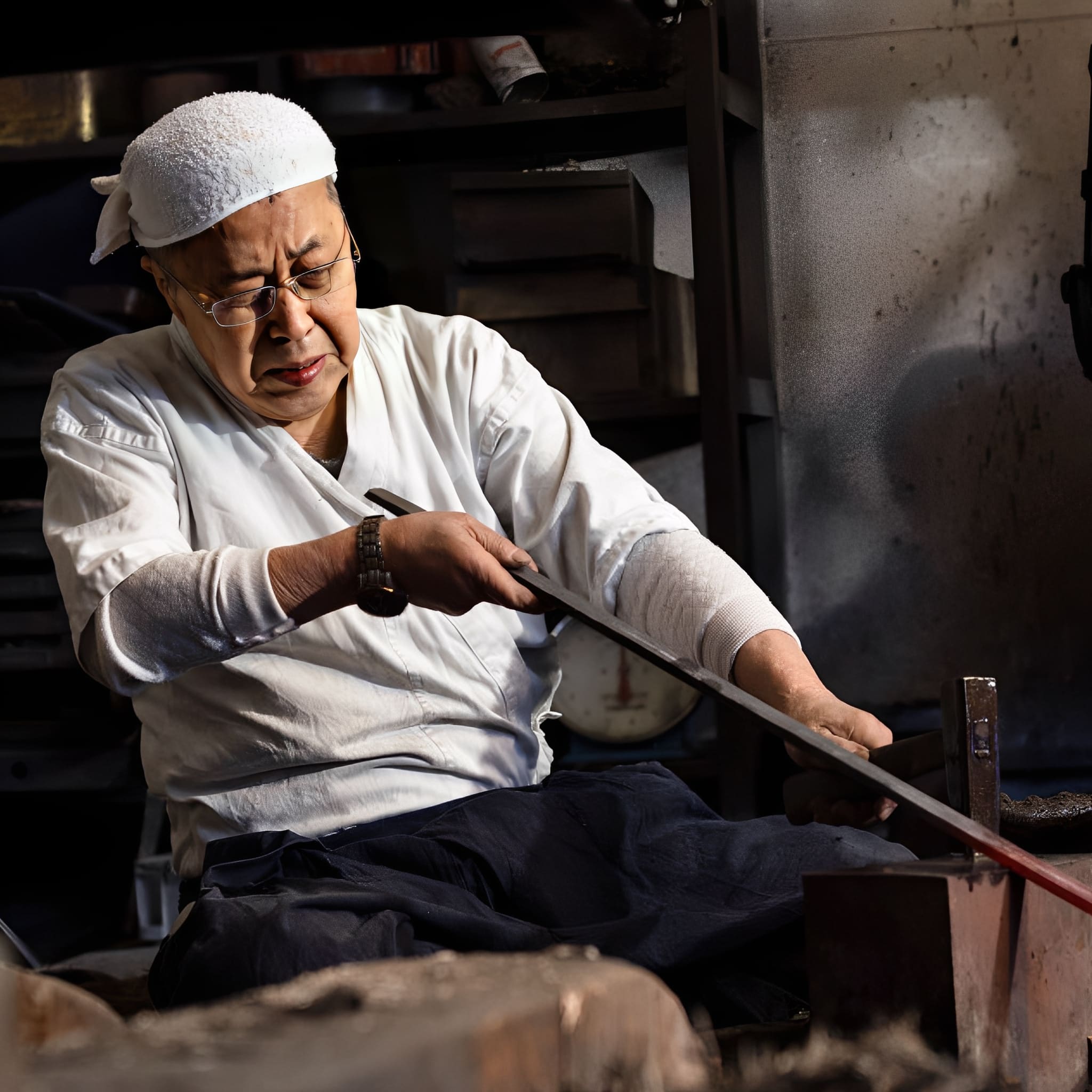
The Art of Traditional Forging
Each katana we craft is born from centuries of samurai tradition.
Our master smiths shape every blade by hand, folding the steel to achieve unmatched strength, flexibility, and beauty.
This time-honored process is not just about creating a weapon? it’s about preserving a legacy of discipline, honor, and artistry.
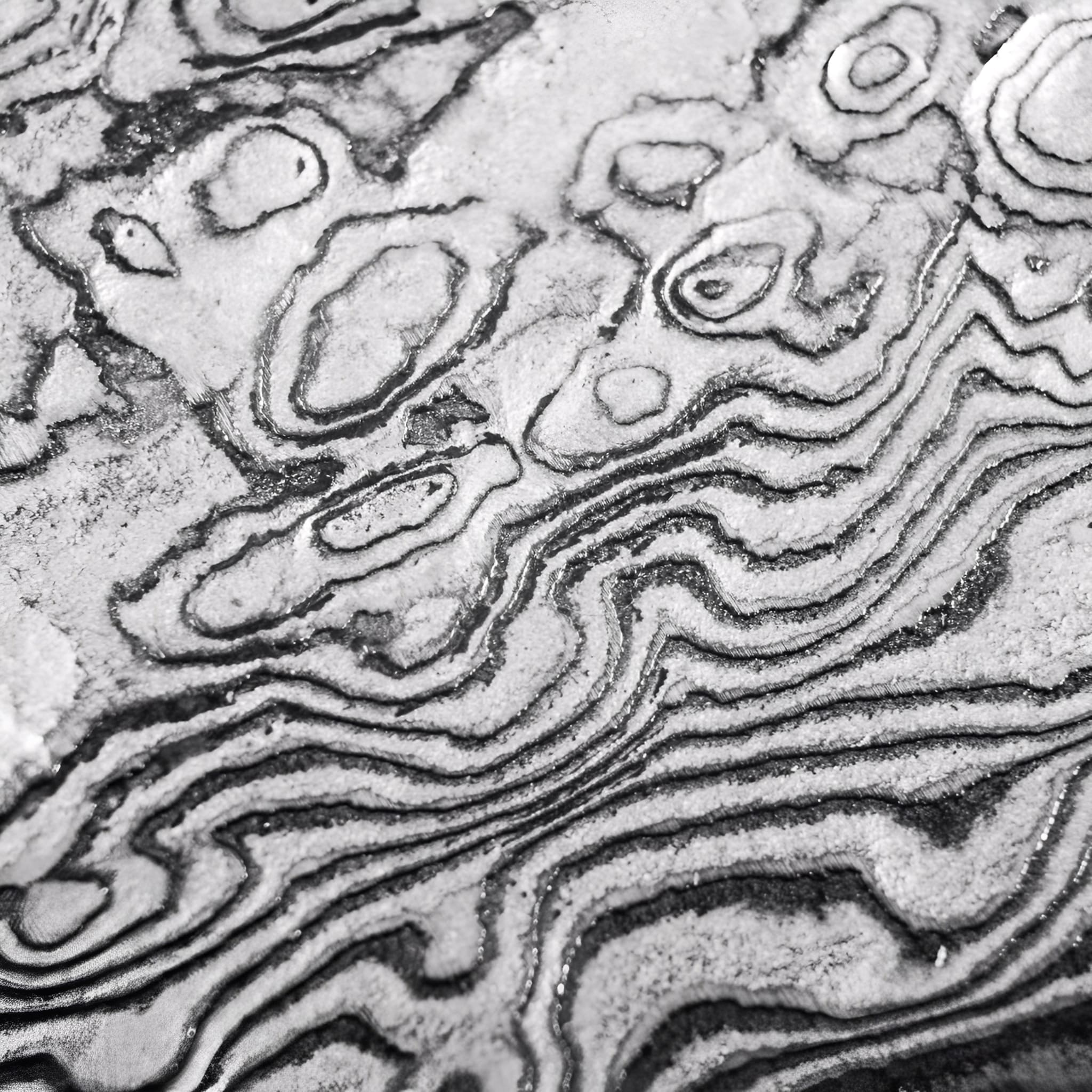
Materials Chosen Without Compromise
We select only the highest-grade steels and authentic fittings to ensure every katana is both a masterpiece and a reliable companion.
From the flawless hamon line to the perfectly balanced tang, each detail is carefully inspected to meet the highest standards of performance and aesthetics.
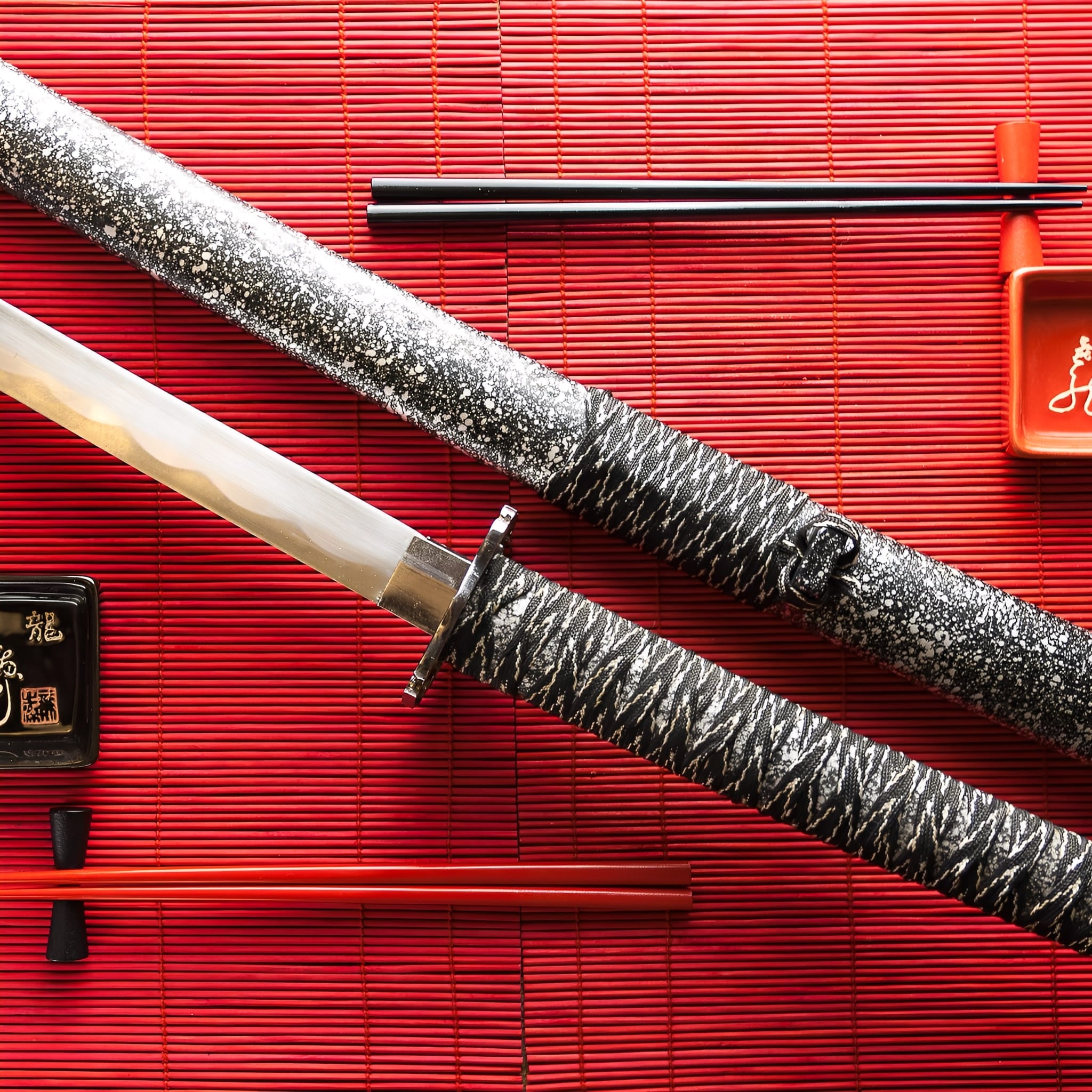
More Than a Sword, A Lifelong Legacy
Owning a handmade katana is an experience that goes beyond the blade itself. It’s holding history, tradition, and craftsmanship in your hands.
Whether displayed as a work of art or wielded with precision, your katana will stand as a symbol of timeless skill and dedication for generations to come.
-
Key Destinations
United States: 5–7 days
Canada: 5–7 days
Australia: 6–9 days
Denmark: 4–6 days
Netherlands: 3–5 days
Sweden: 4–6 days
Switzerland: 3–5 days
Finland: 5–7 days
Singapore: 6–8 days -
Central European Partners
France: 2–3 days
Germany: 3–5 days
Spain: 4–6 days
Italy: 4–6 days
Belgium: 3–5 days
Austria: 4–6 days
Ireland: 4–6 days
Poland: 4–6 days
Portugal: 4–6 days -
Extended EU Network
Czechia: 4–6 days
Hungary: 4–6 days
Slovakia: 4–6 days
Slovenia: 5–7 days
Romania: 5–7 days
Bulgaria: 5–7 days
Croatia: 5–7 days
Serbia: 5–7 days
Estonia: 5–7 days
Latvia: 5–7 days
Lithuania: 5–7 days
Luxembourg: 3–5 days
Greece: 5–8 days -
FAQ’s
Visit our FAQs page to find answers to common questions.